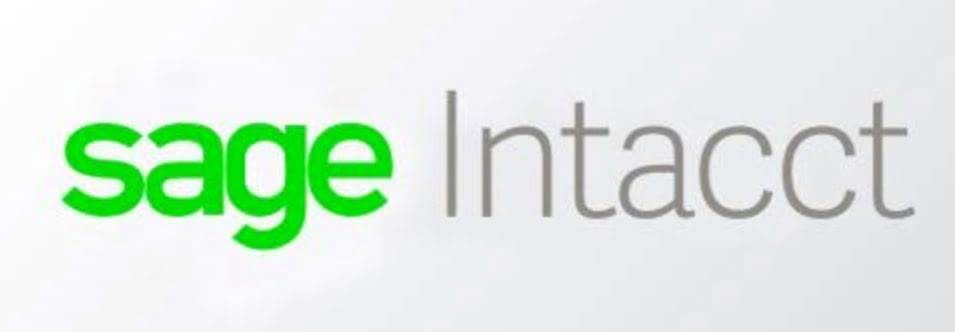
Each customer might receive unique versions of products using different raw materials or options, so costs are determined for each job order. What’s important to recognize is how inventory valuations and methods impact COGS and COGM for accounting for manufacturing. Since financials are reported periodically, inventory levels will change over time and impact COGS and COGM. For example, in February, a manufacturer may produce 1,000 widgets but only sell 925 widgets. In that case, finished goods inventory levels rose by 75 boxes but inventories of incomplete items may or may not have been changed. Operating costs in manufacturing include things like travel expenses, office supplies, maintenance, salaries, utilities, taxes on production facilities, and more.
Train Your Manufacturing ERP Users
- This method is by far the most common method used in manufacturing businesses to accurately estimate their costs.
- It becomes even more challenging if products are partially assembled and then inventoried or scrapped in production and sent through a rework process.
- There is much to learn and many decisions to make along the way, but it is a critical task for manufacturers.
- A security guard is a fixed cost, as is the cost of the real estate and factory facility, insurance, and other costs required to run a manufacturing business.
- The value of inventories plays a large role in a company’s finances and profitability, as it directly affects both COGM, COGS, and tax liability.
- Wood is the raw material, but it must be received, processed, , and properly stored.
- Though they’re not ready for sale, these goods are still an asset on your balance sheet.
Some of the benefits of having a Manufacturing account include increased efficiency, improved cash flow, better budgeting, greater flexibility, and the ability to save time and money. A manufacturing account is one of the three accounts in the accounting system, manufacturing accounting the other two being a trading account and balance sheets. Each of these accounts represents a different step in the production process. Technology and global trends are always changing – and so must a manufacturing business if it wishes to stay agile.
Streamline the Production Process
Standard costing is an accounting system where you establish standard rates for materials or labor used in production or inventory costing. By doing this, you can work out the labor and material costs to produce a single unit of your product. If you want to refine your production process and automate aspects of your business, accurate costing information helps you identify wasteful costs passed on to the customer or absorbed within the company. Finished goods inventory refers to the units that have made it through the production process and are ready for sale.
Recruiting carefully selected candidates to ensure prosperity within your business
These systems help automate the manufacturing accounting process, from tracking production costing methods to monitoring inventory levels, thus aiding manufacturing accountants in their daily tasks. The result is a streamlined operation that enhances the accuracy of financial reporting and supports the overall growth of manufacturing operations through the use of manufacturing ERP. This method is by far the most common method used in manufacturing businesses to accurately estimate their costs. In standard costing, businesses assign standard costs for raw materials and labor when factoring them into inventory and production expenses. Standard costing enables manufacturers to follow through with the production process based on a set standard which can later be reassessed based on the variance they calculate by zeroing in on each stage of production.
If you are yet to implement a manufacturing ERP system, consider picking one with built-in financial reporting capabilities. For example, MRPeasy includes one-click product cost estimating, intelligent reporting, and built-in integrations with major financial software https://www.bookstime.com/ providers like Xero and QuickBooks Online. A Manufacturing account tracks a manufacturing business’s production costs, materials used, and inventory levels. A Factory Overhead account tracks the expenses that a manufacturing business incurs to operate its factory.
Hunzinger Accounting & Financial Solutions
Finally, its Responsible Design and Production solution helps manufacturers implement sustainable product design practices, such as reusing materials. It comes before the finished goods stage and after the raw materials are moved to the production floor from stores. For example, a restaurant uses the three cost line items mentioned above to transform raw materials, in the form of cooking ingredients, into a finished meal. Job costing is advantageous for returning close-to-exact cost values per finished project or finished good. It is sometimes difficult to manage, however, as individual tracking and allocation of costs can be time-consuming. This includes any items used in the production process but is not yet part of the finished product.
These are referred to as direct materials and are typically itemized in a streamlined bill of materials. Material costs cover all the inventory stock items that go into a finished product. This includes raw materials, parts, and components – and also consumables like screws and adhesives.
- A direct cost is an expense that you can easily trace to product manufacturing processes.
- This holistic view also reveals trends, downturns and challenges so you can employ quick resolutions or continuous improvements.
- Industry-specific capabilities include those catered to the manufacturing industry to shorten cycle times, shrink costs, speed up time to profit and minimize inefficiencies.
- Nick Gallo is a Certified Public Accountant and content marketer for the financial industry.
- A manufacturing ERP integrates all your resource planning systems, giving you a 360-degree view of your resources, employees, contacts, processes and goals.
- Such capabilities include the ability to gather real-time insights on dispersed business entities.
- While you can’t know for sure which you sell first, this keeps your books organized.
